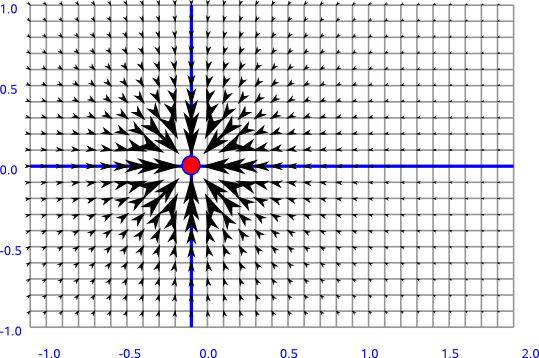Quite rightly too. Look....What's a field? I take note of Einstein saying it's a state of space, you've been taught it's some scalar/vector/etc value at every point in space.
The "space" outside my door contains many elements - grass, trees, dogs, kid's bikes etc. It also contains air, specifically air molecules. Each of these can be regarded a a subspace of the total space. So the vector field on the subspace "air" I call a "wind" in my own limited domain of observation.
Explain why this vector field is not a "state" of the the space of air molecules.
Incidentally, the E. quote that you are so fond of is specifically addressed to the point that, even in the absence of what he calls "ponderable matter", the spacetime metric tensor need not be zero, as is easily seen by inspection of the E. field equations, but is not really relevant to this thread


